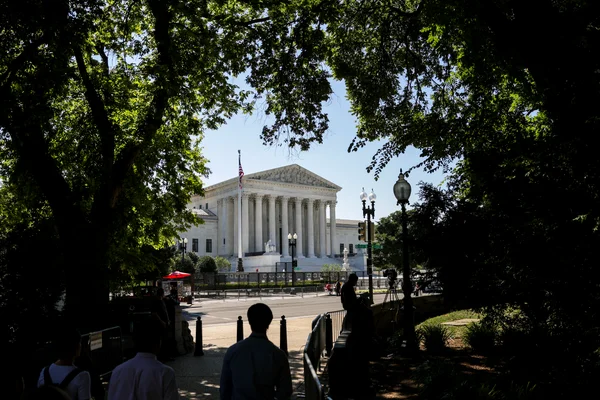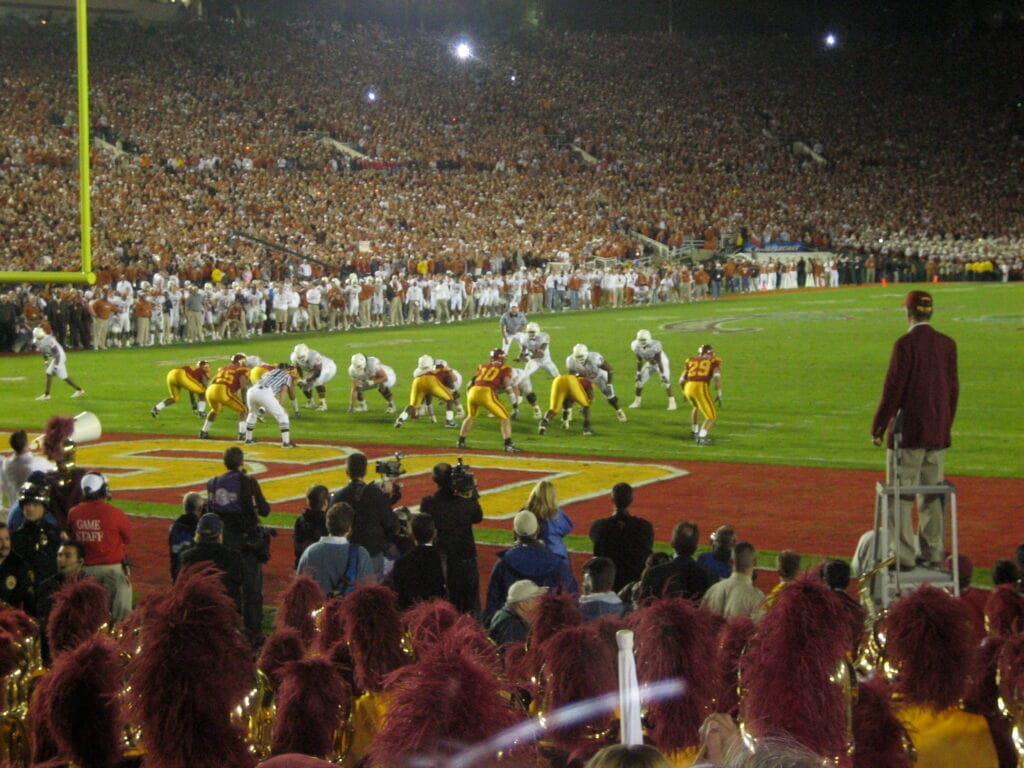On May 24, 2010, the United States Supreme Court delivered a unanimous decision in the American Needle, Inc. v. National Football League (NFL) case, marking a pivotal moment in antitrust law, particularly concerning professional sports leagues. The case, commonly known as the American Needle decision, concluded that the NFL’s teams function as separate entities rather than a single unit, especially in matters involving the licensing of team merchandise. This ruling rejected the NFL’s plea for blanket antitrust immunity and sent ripples throughout the sports industry, setting a precedent for how sports leagues could be scrutinized under antitrust regulations.
Background of the American Needle Case
The origins of the American Needle decision date back to a lawsuit filed by American Needle, Inc., a company that previously manufactured hats and other merchandise for various NFL teams. In 2000, the NFL decided to grant an exclusive merchandising deal to Reebok, effectively cutting off other companies, including American Needle, from continuing their licensing agreements. In response, American Needle sued the NFL, alleging that the league’s 32 teams had colluded to monopolize the market for team merchandise in violation of Section 1 of the Sherman Antitrust Act, which prohibits agreements that unreasonably restrain competition.
The NFL’s defense hinged on its assertion that, in matters of licensing and marketing, the league functioned as a single entity. By this reasoning, any agreements made within the league would not be considered anti-competitive, because a single entity cannot conspire with itself. The lower courts initially sided with the NFL, ruling that the league should be considered a single entity for licensed merchandise sales. However, the Supreme Court’s American Needle decision would reverse this ruling.
The Supreme Court’s Decision
In a unanimous 9-0 ruling, the Supreme Court found that the NFL’s teams are distinct economic competitors when it comes to the production and sale of team merchandise. Justice John Paul Stevens, writing for the Court, explained that each NFL team has its own financial interests and competes with the other teams in several economic arenas, including the sale of intellectual property. Therefore, the NFL and its teams could be subject to antitrust scrutiny under Section 1 of the Sherman Act.
Justice Stevens clarified that although the NFL is an association of teams that must collaborate to produce a single product—the football games—this does not grant them immunity from antitrust laws in other areas. By ruling that the NFL’s teams are independent entities when it comes to merchandise, the Court effectively allowed the case to return to the lower courts for further proceedings, with the instruction to apply the “Rule of Reason.” This means that the lower courts would need to evaluate whether the NFL’s exclusive deal with Reebok unreasonably restrained trade, a decision that would require considering the facts and market context.
Implications of the American Needle Decision
The American Needle decision has wide-ranging implications for professional sports leagues, not only in football but across other major sports such as basketball, baseball, and hockey. Here are some of the key impacts:
1. Antitrust Scrutiny of Leagues
The ruling established that professional sports leagues, particularly when making commercial or licensing agreements, could be subjected to antitrust scrutiny. This was a blow to the NFL’s hopes of securing a broad antitrust exemption, similar to the one enjoyed by Major League Baseball (MLB). The decision meant that sports leagues must tread carefully when forming exclusive partnerships or agreements, as they could face lawsuits for anti-competitive behavior.
2. Impact on Sports Merchandise Markets
By classifying NFL teams as separate entities, the ruling opened the door for more competition in the sports merchandise market. The NFL’s exclusive deal with Reebok was criticized as stifling competition, and the American Needle decision ensured that future licensing deals would be carefully scrutinized for their impact on market competition. In the wake of the decision, it became more challenging for leagues to justify long-term exclusive deals with a single manufacturer without facing potential legal challenges.
3. Effects on Other Sports Leagues
While the NFL was the focus of this case, other leagues took notice of the ruling. The NBA, NHL, and MLB all operate under similar business models where teams collaborate for certain commercial purposes but also compete in others. The American Needle decision raised questions about how these leagues manage their commercial relationships and whether they might face similar challenges in the future.
For example, the NBA has also formed exclusive licensing agreements for its team merchandise, and the American Needle decision suggests that such agreements could be vulnerable to antitrust challenges. The ruling served as a warning to all major sports leagues that their operations could be subjected to close scrutiny under antitrust laws if they engage in activities that may be viewed as stifling competition.
4. Potential for Future Legal Battles
The American Needle decision did not conclude the case, as it was remanded back to the lower courts to determine whether the NFL’s exclusive deal with Reebok violated the Sherman Act. However, the ruling did pave the way for similar legal battles in the future. The decision suggests that any league-wide agreements, especially those involving commercial activities, could be subject to legal challenges from businesses or consumers who believe that competition has been unfairly restricted.
Broader Context of the American Needle Decision
This ruling was significant not just for the NFL but for the broader business of sports. At its core, the American Needle decision reaffirmed the importance of competition in the marketplace, even in industries like professional sports, where collaboration is necessary for the product—competitive games—to exist. The decision underscored that while leagues need to cooperate in some areas, they are not exempt from laws designed to protect the competitive process in others.
Looking Forward: The Rule of Reason
As the case returned to the lower courts, the application of the Rule of Reason became central to determining whether the NFL’s deal with Reebok unfairly restricted competition. The Rule of Reason requires courts to balance the pro-competitive benefits of an agreement against its anti-competitive effects. In this case, the NFL would need to demonstrate that its exclusive licensing agreement with Reebok was justified based on the overall benefits to the sport, such as ensuring quality control or maximizing revenue for teams.
Ultimately, the American Needle decision serves as a landmark case in antitrust law, especially in the context of professional sports. It reminds us that even well-established industries like the NFL are not above scrutiny when it comes to protecting competition and consumer choice.
By ruling against the NFL’s claim of single-entity status, the American Needle decision has ensured that future sports league agreements will be closely examined for their impact on the competitive landscape, with significant implications for how sports are run in the United States.




Comments are closed.